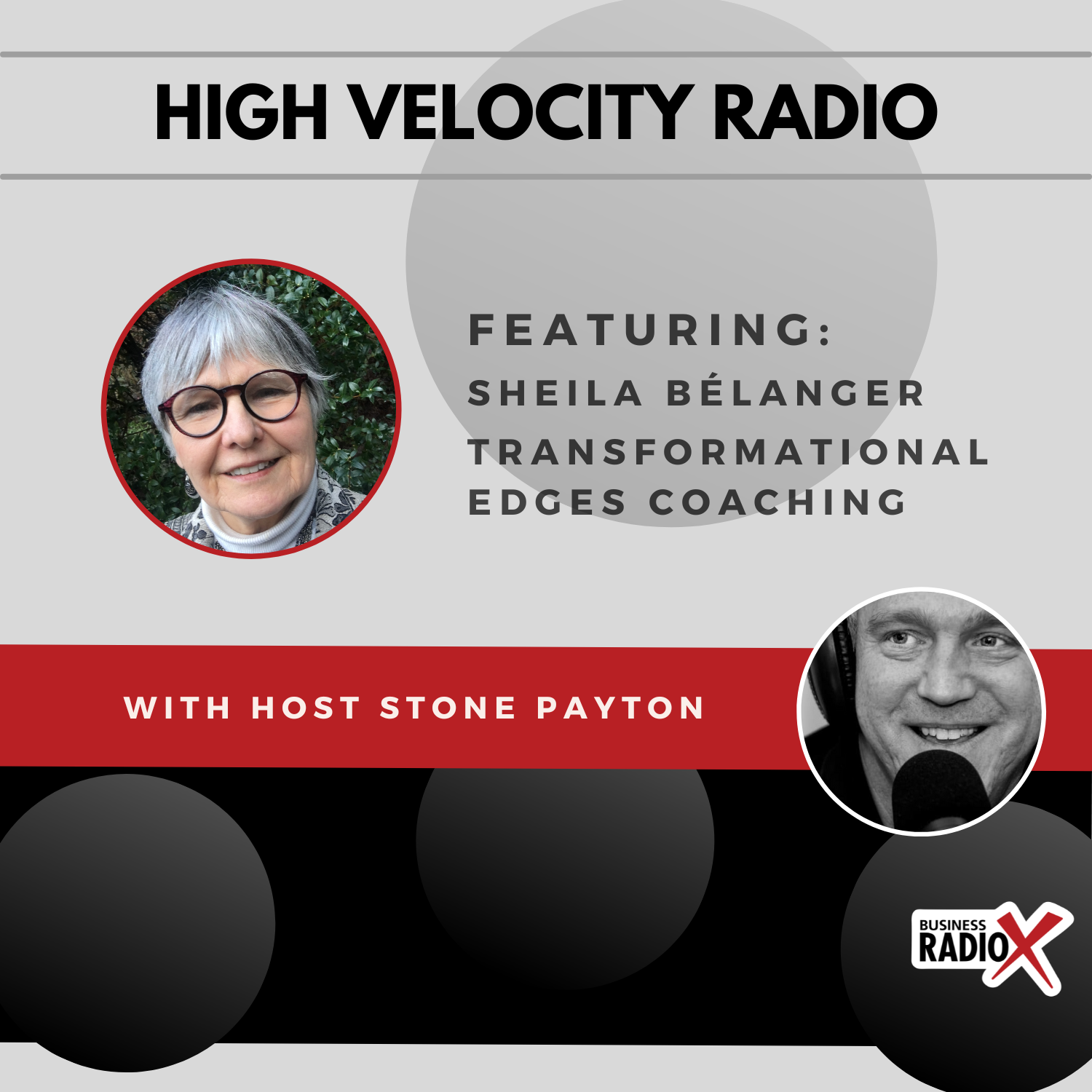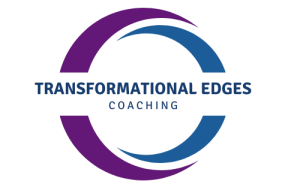
BRX Pro Tip: 5 Common Business Network Mistakes
Stone Payton: Welcome back to Business RadioX Pro Tip. Stone Payton and Lee Kantor here with you. Lee, what are you seeing out there these days? Any common patterns, common business networking mistakes that you’re observing?
Lee Kantor: Yeah, there are so many businesses out there, especially for new people, they’re being told, “Hey, you have to network. Hey, you have to go to all these chamber meetings. You have to join these B&I groups. You have to do this,” but they’re not really being taught on how to do business networking in an elegant, non-salesy way. And I think that here’s five common mistakes that I see.
Number one, they’re treating networking events like sales pitches, and they’re trying to close the deal at the beginning of the relationship. They’re trying to close the deal as they’re handing business cards to each other. I think that’s a terrible strategy. I don’t think that’s going to work. All you’re going to do is get frustrated and people are not going to want to talk to you. I think a much better way to do this is to always serve before selling. You don’t want to be going there a salesperson first. You want to be a servant leader first if you want to build relationships that are going to pay off over time.
I think number two, another mistake people make are they’re not setting an intention. Like before you get to the meeting, set a clear goal. Like instead of, “Oh, I’m going to hand out a hundred business cards,” maybe say, “I want to meet three new people,” or “I want to find a potential partner,” or “I want to learn about an industry trend.” Whatever the intention is, set that intention before going there. And then, just try to achieve that.
Another mistake people make is they make it all about themselves. You should be spending more time learning about other people. You already know about yourself. You know, ask thoughtful questions, show genuine interest, try to learn about the other person’s business and their challenge before you start talking about yourself. So, just as a rule, just as soon as you meet a new person, just start asking questions about them and learn about them. And after you’ve learned a little about them, then you can start talking about yourself.
Another mistake I see people make are they don’t have a system to follow up. You have to have a follow up system, whether that’s connecting on email or LinkedIn. But you should be messaging people within a day or two after talking to them to keep that connection alive.
And the last mistake is one that’s so common. They think more is better. And more is not better. More is just more. I would focus on building quality connections with a few key people each time, rather than having a bunch of mediocre conversations with lots of people, of which it’s going to be very difficult to follow up and to really find the right person that’s going to be the right fit for you and your business.


 Sheon Paige is the CEO and founder of
Sheon Paige is the CEO and founder of 

 Durran Dunn is a Partner in the
Durran Dunn is a Partner in the 






 Quinn Parker has over 16 years of professional experience including regulatory finance and analytics, as well as program research, design, planning, implementation, implementation and strategic planning.
Quinn Parker has over 16 years of professional experience including regulatory finance and analytics, as well as program research, design, planning, implementation, implementation and strategic planning.













